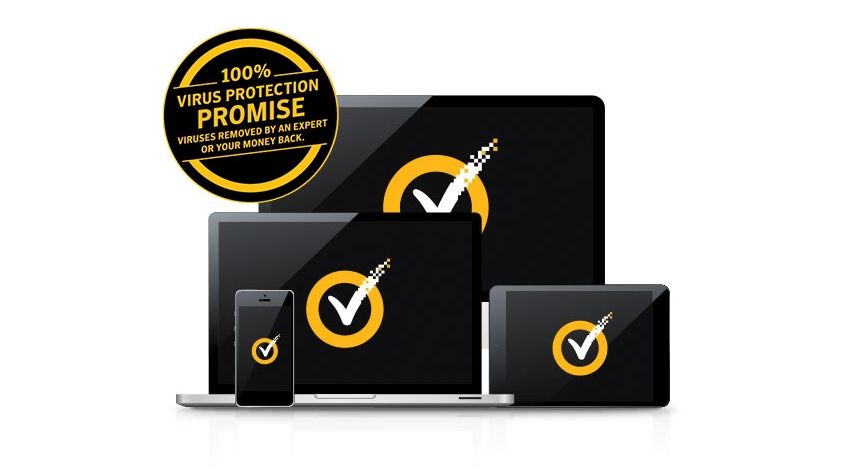Symantec For Mac
To completely remove all Norton application files and references on your Mac, download and run the RemoveNortonMacFiles tool.
Symantec Official Website

Download and run RemoveNortonMacFiles as an administrator
Do not install or run Symantec Endpoint Protection 11.0 for Mac from a UFS formatted disk. Do not install or run Symantec Endpoint Protection 11.0 for Mac from a Case-Sensitive HFS+formatted disk. Installation Instructions Click Download from the GoWMU Software Downloads channel. The downloaded file is a.zip file. If it does not open. . Symantec Endpoint Protection may run an initial scan of the system files shortly after the installation has completed. This is not a full scan of the entire Mac. In some cases, the com.symantec.mes.systemextension process may get stuck when it first starts after the update, and this will cause the fans on your Mac to run at full speed. The latest version of Symantec Endpoint Protection is 12.1 on Mac Informer. It is a perfect match for Mac Protection in the Security category. The app is developed by Symantec Corporation. When the date and time is wrong, Symantec will not download any definitions. Update the Java on your Mac computer. The Live Update version in Mac is a Java based application. If you have Mac OS X 10.4.11 or later, try upgrading the Antivirus to the latest version. Check your Proxy settings. This should fix the issue on your Mac computer.

Download the RemoveNortonMacFiles.zip file.
Click the Finder icon in the Dock.
In the Finder window, click Downloads in the left pane under Favorites.
Do one of the following:
If you downloaded the file using Safari browser, open the RemoveNortonMacFiles folder.
If you downloaded the file using the Mozilla Firefox or Google Chrome browsers, double-click the RemoveNortonMacFiles.zip file to expand it, and then open the RemoveNortonMacFiles folder.
In the RemoveNortonMacFiles folder, control-click the RemoveNortonMacFiles.command file, and then click Open with > Terminal (default).
To run this tool, you must be logged on with an Administrator account and a non-blank password.
Do one of the following:
If you have not uninstalled Norton application on your macOS 10.15.x or later, a message appears in the Terminal window that prompts to drag and drop Norton from Applications folder to Trash. Go to step 7.
If you have macOS 10.14.x and earlier, OR if you already uninstalled Norton on your macOS 10.15.x or later, go to step 13.
In the Terminal window, press return to open the Applications folder in Finder.
In the Applications folder, select the Norton application, and then drag and drop it to the Trash.
When you see a prompt, type your administrator account password, and then click OK.
In the Norton installer window, click Uninstall.
If you see a prompt, type your administrator account password, and then click Install Helper.
When the Norton uninstall finishes, run the RemoveNortonMacFiles.command file in Terminal again.
For more information, refer to the instructions in step 5 above.
In the Terminal window, type your administrator password, and then press return.
When you type your password, no characters appear.
To remove all Norton files and folders, type 1.
If you want to quit RemoveNortonMacFiles without removing any files, type 2.
Press return.
RemoveNortonMacFiles tool removes all of the Norton files.
When the RemoveNortonMacFiles tool finishes removing the Norton files, in the Terminal window, type y, and press return to restart your Mac.
Before you press return, make sure that you save your work in other open applications.
RemoveNortonMacFiles removes all the folders that Norton installers created, and all the files within those folders including any that you have created.
Dear Mac users,
WHAT ARE WE DOING?
Computing will be updating the Symantec Endpoint Protection client on all centrally managed Mac computers. This is a required update and includes several important bug fixes, one of which addresses kernel panic issues that have been reported to affect some Macs running macOS Mojave.

WHEN WILL THIS OCCUR?
Wednesday, September 30; starting at 7 a.m. Central Time
Symantec Endpoint For Mac
WHAT IS THE IMPACT TO YOU?
• Alerts announcing the required download and installation of Symantec Endpoint Protection will appear on your screen.
• A reboot is required for this update.
• Symantec Endpoint Protection may run an initial scan of the system files shortly after the installation has completed. This is not a full scan of the entire Mac.
• In some cases, the com.symantec.mes.systemextension process may get stuck when it first starts after the update, and this will cause the fans on your Mac to run at full speed. If that happens, please restart your Mac computer.
WHAT DO YOU NEED TO DO?
• To manually install the update at a time convenient to you, open the “Self Service” application and select the “Activity” tab at the top. Then select “Install” to begin the installation. A reboot is required to complete the installation.
• If you don’t manually install this update, the update will be automatically installed one week later. When the auto-installation process has completed, you will see a message alerting you that a reboot will occur in five minutes.
• Contact the Service Desk if you have questions about the update. Details about this update and previous updates can be found at https://fermi.servicenowservices.com/kb_view_customer.do?sysparm_article=KB0011722
